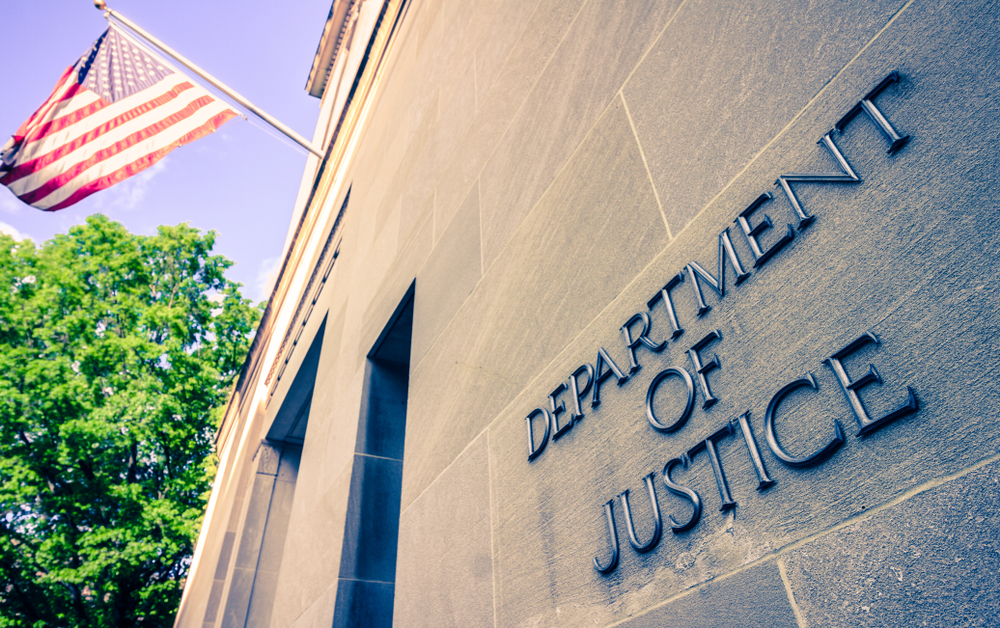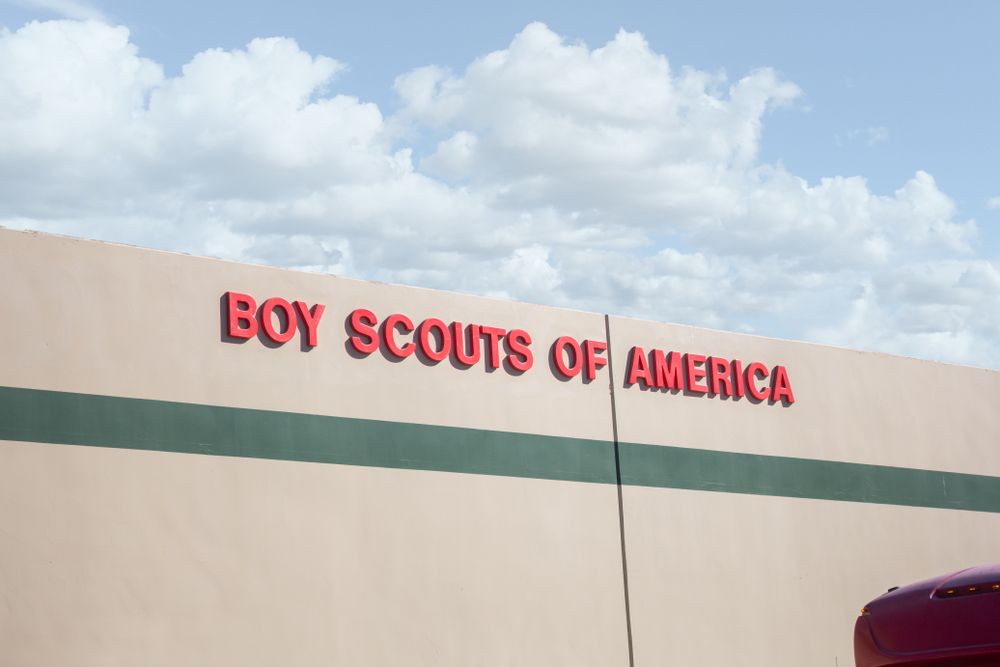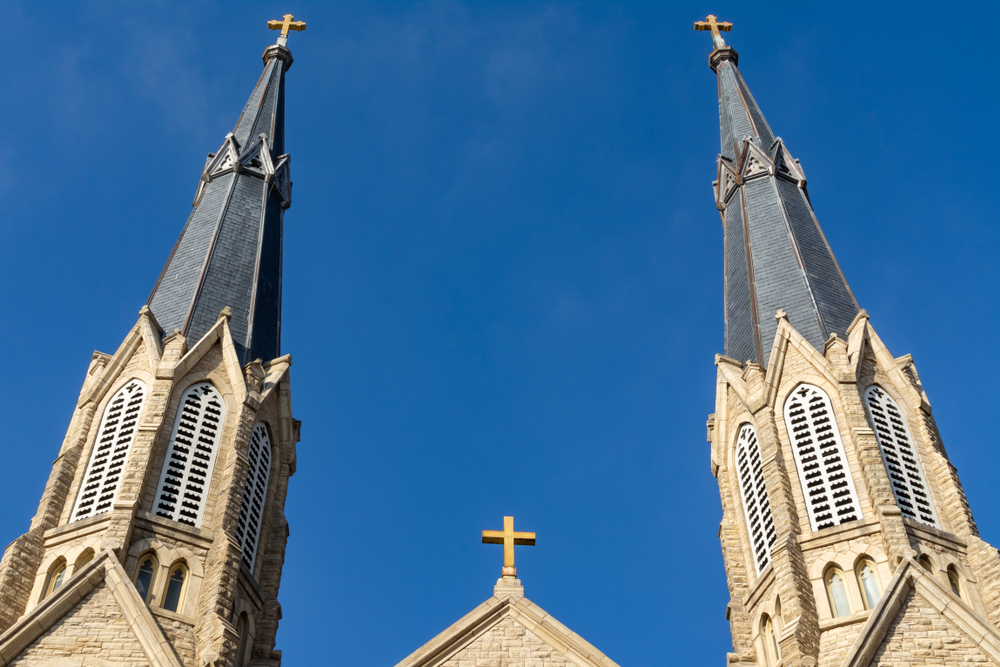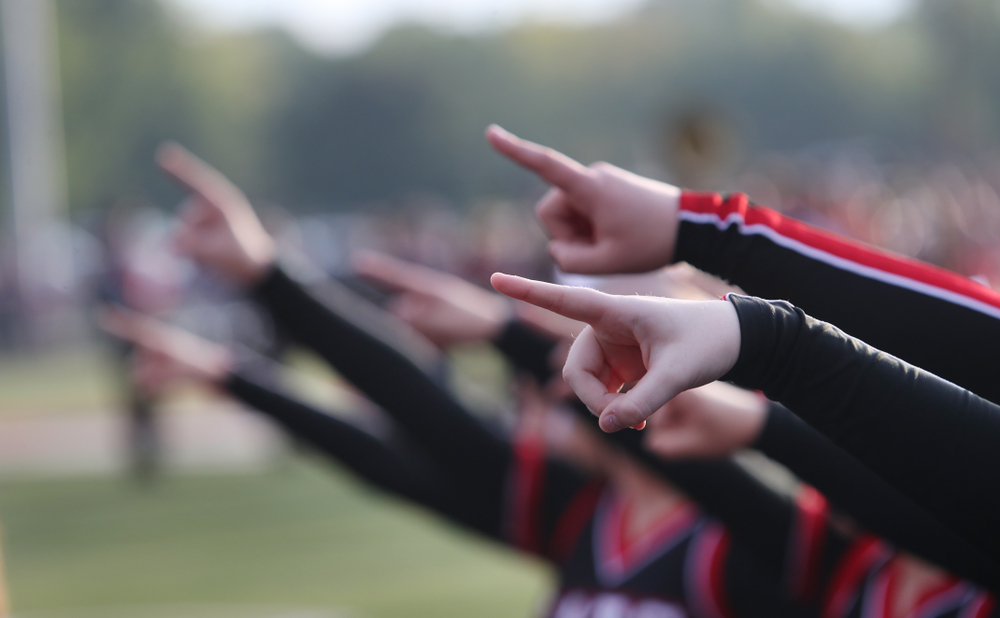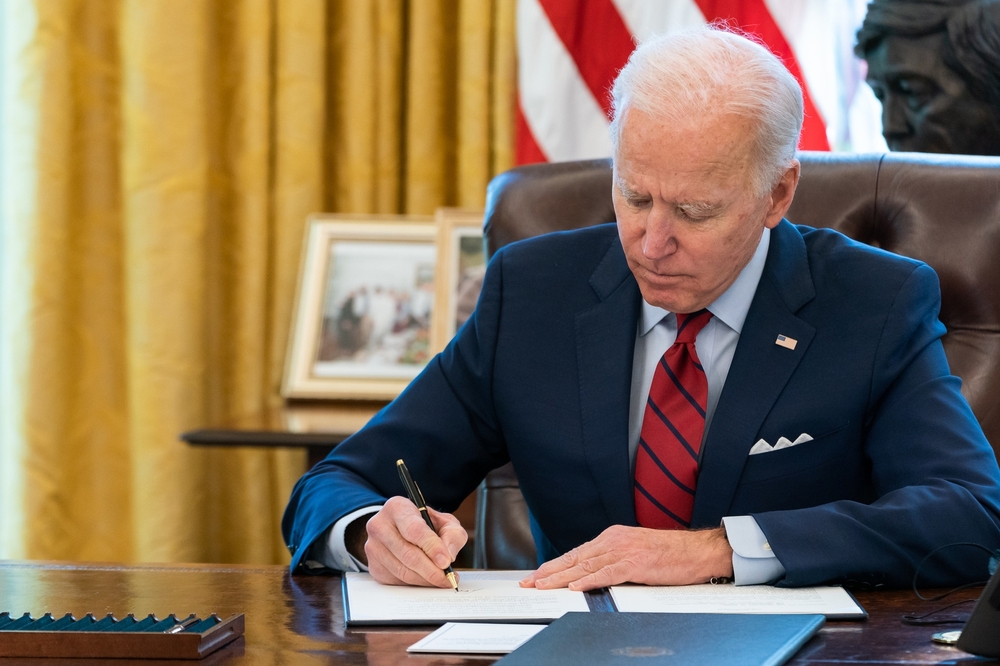BSA Wants More Votes for Sex Abuse Settlement
Lawyers for the Boy Scouts of America (BSA) have spent the last six months working to rescue the youth club from bankruptcy by reaching an agreement on the $2.7-billion settlement with thousands of sexual abuse victims.
U.S. Bankruptcy Judge Laurie Seiber Silverstein will review the proposed settlement and begin the hearing on the Boy Scouts’ Chapter 11 reorganization plan on Feb. 22 in Delaware. In the days leading up to the hearing, the BSA’s legal team is in mediation and drumming up last-minute support for the settlement. It would become the largest sexual abuse settlement in U.S. history if granted.

While the 112-year-old organization has been forced to reckon with abuse allegations involving scout leaders, volunteers and employees for many years, legal pressures escalated in 2019 when several states passed laws waving the statute of limitations, giving victims of sexual abuse earlier in life a new opportunity to hold the perpetrators responsible.
Within less than a year, the Boy Scouts of America took a swift hit from hundreds of new lawsuits, which prompted their decision to file for bankruptcy protection.
The settlement has seen strong support and opposition and includes the Boys Scouts and its 250 councils across the country. They plan to deposit $820 million in cash and property into a fund for victims and assign certain insurance rights.
In return, BSA’s local councils and national organizations would be released from further liability for sexual abuse claims.
BSA had hoped that the plan would have the required 75% approval of the claimants by the end of 2021. But as of January 18, according to bankruptcy court records, they are still short of that amount. The percentage stands at 73.57 after 54,000 votes.
Although the count does fall short of the BSA’s goal, it does exceed the minimum required under bankruptcy law, meaning the organization could still persuade a judge to approve it. According to a recent filing, thousands of votes still need to be counted.
Voters have until the day the bankruptcy judge hears the case to change their mind.
Why Does Boy Scouts Settlement Have Mixed Reviews?
While some – including the ad hoc group Coalition of Abused Scouts for Justice, representing about 18,000 abuse claimants – have supported the settlement for months, others disapproved from the beginning, including the official abuse claimants committee appointed by the U.S. bankruptcy trustee.
The committee has said the plan is “grossly unfair” and represents only a fraction of “…the settling parties’ potential liabilities” and what they should and can pay.
Committee members have also expressed concern that organizations like churches and civic groups who support BSA can avoid liability for more abuse claims dating to 1976 easily by transferring their interests in insurance policies purchased by the BSA and local councils to the victims’ fund without having to contribute any existing cash or property.
On the other side, many opponents have been concerned BSA would not be able to make good on the necessary funding. Perhaps in response to those skeptics, BSA revealed one large funding source on Dec. 14 by announcing an agreement with Century Indemnity Co. and its affiliated companies. They pledged $800 million for the fund in exchange for immunity from further abuse claim liability.
Another one of the BSA’s major insurers, Hartford, has agreed to pay $787 million into the victims’ fund. And the BSA’s former largest troop sponsor, the Mormon church – officially known as the Church of Jesus Christ of Latter-day Saints – has also agreed to contribute $250 million.
Both Hartford and the Mormon church will be released from further liability involving BSA child sex abuse claims.
Some oppose the settlement because they believe the amount is simply not enough. Tim Kosnoff, the co-founder of the advocacy group Abused in Scouting, told NPR last year that the settlement is a “failure’’ and noted it would not be final until a judge signs off on it.
If the settlement is approved in bankruptcy court, a compensation program will be formed, under which claims would be valued and paid based on the severity of the alleged abuse and where it occurred. Those from states that have suspended the statutes of limitations will recover more than those in states that haven’t.








